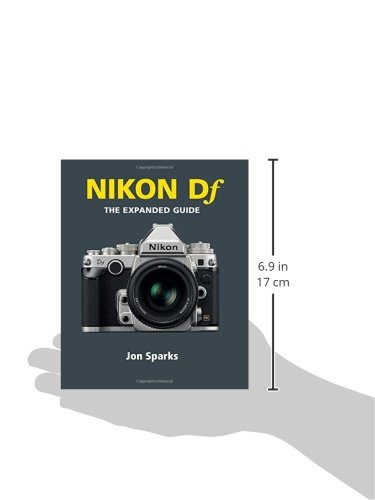Nikon 27126 EN-EL 14A Rechargeable Li-Ion Battery (Grey)
Appliances
Arts, Crafts & Sewing
Automotive
Baby
Beauty
Books
CDs & Vinyl
Collectibles & Fine Arts
Cell Phones & Accessories
Clothing, Shoes & Jewellery
Computers
Electronics
Health & Personal Care
Home & Kitchen
Industrial & Scientific
Luggage & Travel Gear
Musical Instruments
Office Products
Patio, Lawn & Garden
Pet Supplies
Software
Sports & Outdoors
Tools & Home Improvement
Toys
Video Games







![Nikon DK-19 Rubber Eyecup for Nikon D3X, D3, D700 DSLR Cameras and F6 [Camera]](https://m.media-amazon.com/images/I/51z3+v+pLiL._SL160_.jpg)




